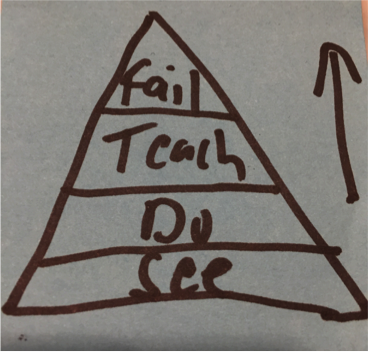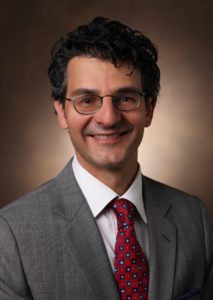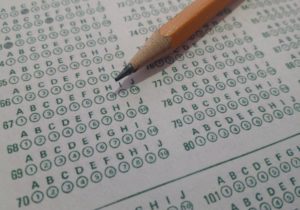The Hierarchy of Learning
In medical school, there is a common saying: “see one, do one, teach one.” Generations of learners have taken pride in this statement and have passed it along, often smugly, as gospel. It has been considered wisdom, handed down from ancient Greece to modern times, as an essential, untouchable truth.
Could there be something missing with this advice? Is there a better way to learn? Yes, but it involves a change in mindset and perspective.
The “see one, do one, teach one” mantra assumes linear progress. If we apply 100 chits of effort to learn something new — for instance, inserting a chest tube in a patient with shortness of breath, writing a manuscript, or employing CRISPR/Cas9 gene editing to our experiments – then there will be 100 chits of gain achieved. The traditional mindset goes something like this: if we can simply watch an expert perform the activity, try it ourselves and then teach it to someone else, then we will have it etched in our consciousness. While this mindset works, it does not differentiate us from anyone else. We will be more successful in our careers if we can learn better than others.
Is there a more aspirational hierarchy of learning, one that might lead to a 10-fold gain in learning over traditional efforts?
I think the answer involves intentionally trying something outside of our comfort zones and failing at it. The bigger we fail, the greater we learn. Let’s think about it and reflect upon our own experiences. As a physician, when I consider the times I have learned the most, it has been when a treatment did not go the way I thought it would. As a scientist, I learned the most when my experiments did not work, and I had to think about it differently. As an educator, it was  when I realized that content was insufficient; audiences learned better through stories. In each of these cases, these “failures” caused me to dramatically change my thinking, and ultimately made me more successful the next time.
when I realized that content was insufficient; audiences learned better through stories. In each of these cases, these “failures” caused me to dramatically change my thinking, and ultimately made me more successful the next time.
I suggest we replace the traditional “see one, do one, teach one” mantra with a new hierarchy of learning, one where failing is at the pinnacle.
Next time we encounter a challenge, let’s view failure as not attempting to try rather than the outcome itself. Let’s be comfortable with the uncomfortable. We can submit that grant application, start a company, or give a talk without any slides. Or, we can write our first blog post (like this one!). Just remember: even if we fail when trying any of these activities, it will be our greatest opportunity to learn.





0 Comments